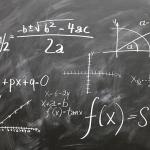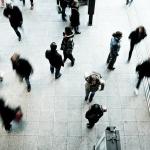I have previously written on the physics of direct contact, which pertains to how much attention we need to pay to wipe down packages and surfaces.
social distancing
For all you New Jersey folks who were looking forward to an indoor meal, I'm sorry to disappoint you. Indoor dining, which was supposed to begin in Jersey on July 2nd, ain't gonna happen. Governor Phil Murphy explained why.
As I mentioned previously, I've been marooned in Poland for a few months due to the coronavirus pandemic. Poland, along with several other Eastern European countries, implemented a very severe lockdown.
The mayor of Los Angeles has said that his city will "never be completely open until we have a cure" for the coronavirus.
As we move towards reducing social distancing, the leading metric is the rate of new infections, hospitalization, and deaths that follow infection are lagging indicators.
Tyler Cowen, an economist, was discussing the differences in economic and epidemiologic models. One factor that economists frequently consider is termed elasticity.
Since the start of social distancing (March 16, 2020) mobility in the United States has dropped 49%
Every US state has reduced mobility. Early adopters are doing better than late or non-adopters.
The old aphorism that crises bring out both the best and worst in people certainly holds true during these times of the 120-nanometer (0.0000047 inches) monster that has hijacked the entire world.
Rather than throw another prediction into the pile, I thought it might be a more instructive moment to consider the factors to be considered. What follows is an incomplete, inconclusive list.










